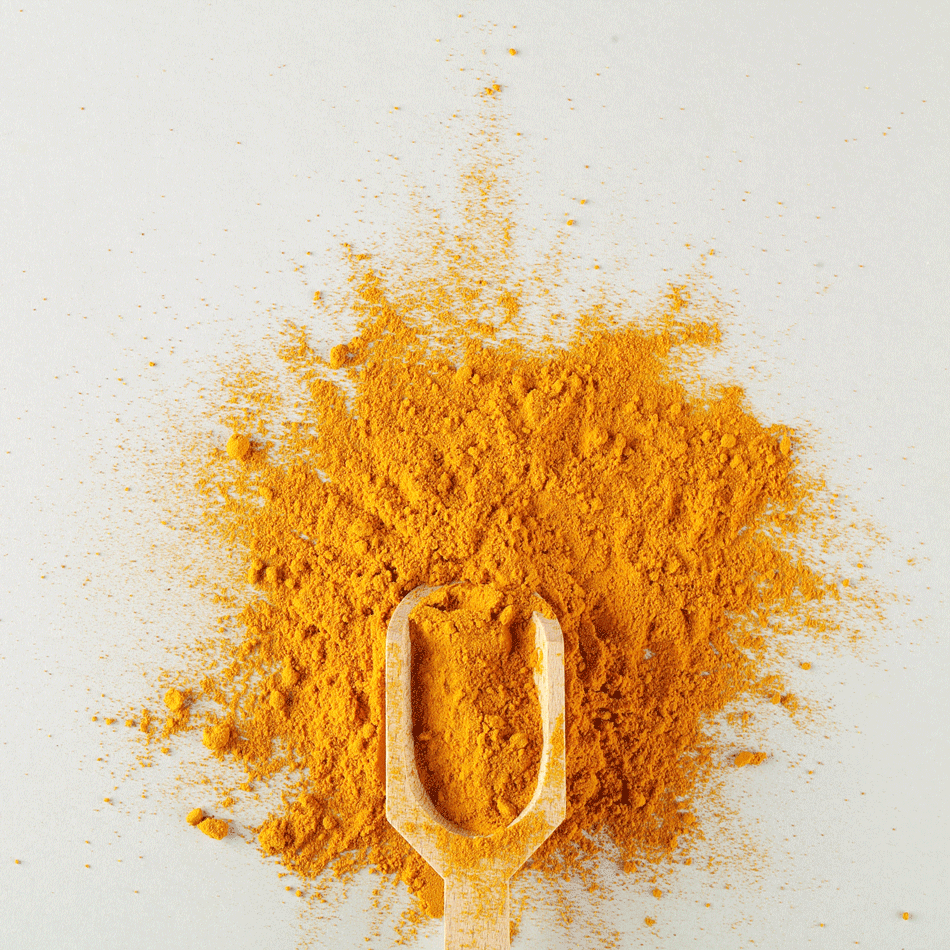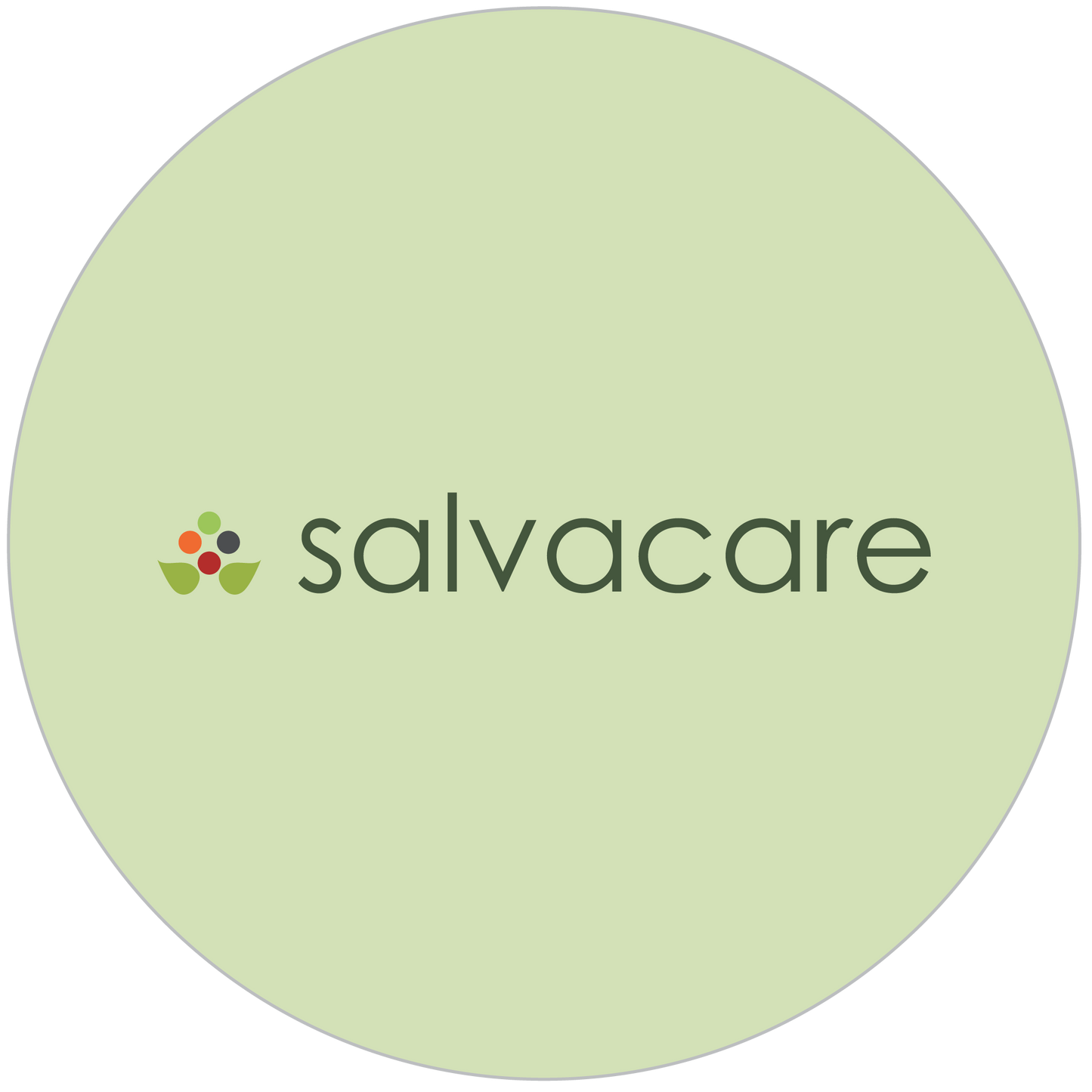
Turmeric is flavour of the month and with good reason: apart from the fact that it is an ancient culinary ingredient, it has been shown to have some impressive health benefits.
It is turmeric that gives curry powder its distinctive yellow colour; it is fragrant and has a bitter, somewhat sharp taste. Turmeric has been used for centuries in both Indian (Ayurvedic) and Traditional Chinese (TCM) medicine as an anti-inflammatory; to treat digestive and liver problems; for skin diseases; and to heal wounds.
A relative of ginger, turmeric is a perennial herb that grows in the tropical regions of Southern Asia. Also known as Curcuma longa, the most potent active constituent - curcumin is found in the roots of the plant.
Curcumin has antioxidant properties, but it can also act to reduce inflammation and thin the blood: “… curcumin lowers the levels of two enzymes in the body that cause inflammation. It also stops platelets from clumping together to form blood clots.” Source: The University of Maryland Medical Centre www.umm.edu/health/medical/altmed/herb/turmeric Retrieved 09.12.’15.
There are hundreds of research articles to support its traditional use, which show that turmeric may help fight infections and some chronic diseases. In addition to reducing inflammation, it can be used to treat digestive problems. Some integrative medical practitioners use turmeric to complement Salvestrol supplementation. They report that the combination works well provided that any turmeric supplements are taken at night.
Dr Joseph Maroon, a noted neurosurgeon from the University of Pittsburgh Medical Centre, recommends the use of curcumin and fish oil to his patients with pain and inflammation from degenerative conditions of the spine, neck and lower back. He also says that he uses curcumin supplements as part of his health regimen as an ultra-marathon runner.
Dr Maroon was lead author of a 2006 study, Natural anti-inflammatory agents for pain relief in athletes, which concludes that: "Curcumin's therapeutic effects are considered comparable to pharmaceutical nonsteroidal medications ... but with a major difference in that this compound is relatively nontoxic and free of side-effects." Source: http://www.stuff.co.nz/life-style/well-good/teach-me/69216281/Why-you-should-eat-more-turmeric
This might explain why India has significantly lower rates of bowel, prostate and lung cancer than many Western nations, according to the World Health Organization (see links below), and why Indian people, who eat a diet high in dietary turmeric, are so flexible… After all India is the birth place of yoga.
References:
Ramadan G, Al-Kahtani MA, El-Sayed WM. Anti-inflammatory and anti-oxidant properties of Curcuma longa (turmeric) versus Zingiber officinale (ginger) rhizomes in rat adjuvant-induced arthritis. Inflammation. (2011) Aug;34(4):291-301. doi: 10.1007/s10753-010-9278-0. Abstract retrieved 10.12.’15
Maroon JC, Bost JW, Borden MK, Lorenz KM, Ross NA, Natural Antiinflammatory Agents for Pain Relief in Athletes. Neurosurg Focus. 2006;21(4)
Ramsewak DL, DeWitt MG. Nair RS, Cytotoxicity, antioxidant and anti-inflammatory activities of Curcumins I–III from Curcuma longa, Phytomedicine Volume 7, Issue 4, July 2000, Pg 303–308
World Health Organization, Cancer Fact Sheets (2012): All Cancers http://globocan.iarc.fr/Pages/fact_sheets_cancer.aspx
World Health Organization, Cancer Fact Sheets (2012): Country Statistics http://globocan.iarc.fr/Pages/fact_sheets_population.aspx
http://globocan.iarc.fr/Pages/fact_sheets_population.aspx#

